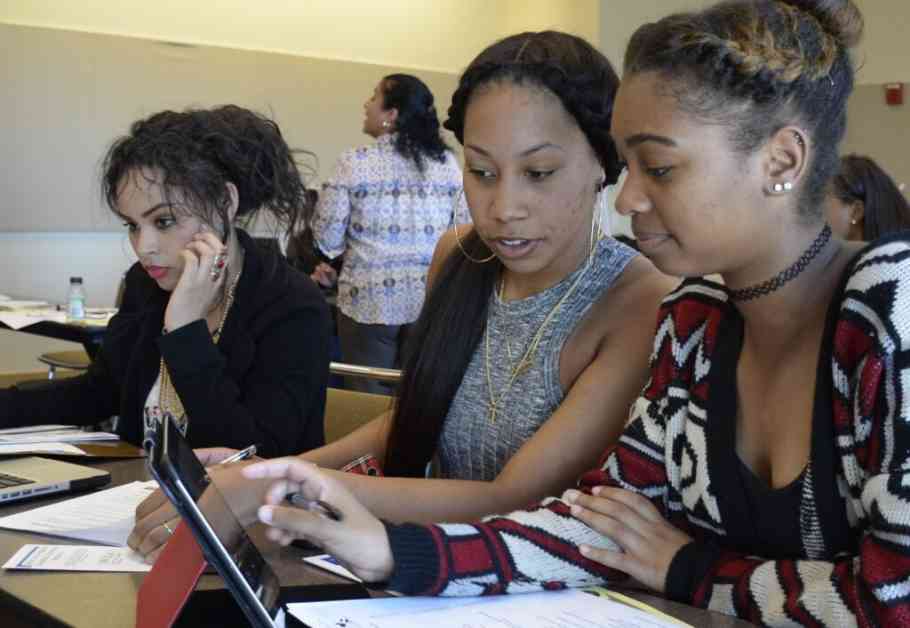Navigating the Path to College for Foster Youth: A Personal Journey
From the time I was 8 years old, I lived in countless homes and attended more than five different elementary and middle schools combined and four high schools. To say my upbringing was different from the norm is an understatement. But I’m not alone. In California, 68,000 young people moving in and out of foster homes are currently experiencing the same challenges I faced.
Challenges Faced by Foster Youth in Pursuit of Higher Education
As a former foster youth, my college journey was not easy. Living in so many different foster homes, frequently changing schools, feeling isolated and disconnected, and falling behind in school were just some of the hurdles I faced daily. When you are in foster care, it’s easy to feel overwhelmed and abandoned because you don’t have a family to pick you up when you fall down. No one is around to offer comfort or gently push you in the right direction when you need it most.
The Impact of Constant Upheaval on Academic Success
I went to a public high school for my first year and then moved to a Catholic school as a sophomore — and would attend two different public schools after that. Because I moved so much, my school transcripts often got lost. For example, in my sophomore year, I attended one school for just two weeks before switching again because it didn’t work out with the foster family. When I started the new school, they enrolled me as a freshman until I advocated for myself and got placed in the sophomore classes where I belonged.
This constant upheaval left me feeling isolated and disconnected. Each move meant a new beginning, new people and a new environment to adapt to. Even support services from the state, like social workers and lawyers, were constantly changing, leaving me with no stable adult figure to rely on.
The impact was devastating academically. My struggles went beyond the frustrations of lost paperwork and transcripts. Schools ignored my request to be evaluated for an individualized education program (IEP), which I knew I needed. Despite obvious academic difficulties, like poor spelling and grammar, teachers simply passed me along. As a college student, I continue to face the consequences of these educational gaps.
The Role of First Star in Guiding Foster Youth to College
The turning point came when I was introduced to First Star, a community-based organization supporting high-school-age youth in foster care by guiding them to college. They provided more than just hope; they offered tangible support that assisted me with the college application process. Even when I moved out of the Los Angeles area, they ensured I had transportation to attend meetings and access to mentorship. They taught me about the real costs of college and how to budget and navigate financial aid applications. I finally had the supportive relationships I needed with caring people I could trust and rely on to prepare me for life beyond foster care. With their guidance, I was able to apply for college instead of giving up on my goals.
Empowering Foster Youth to Pursue Higher Education
I know my experience is not unique. There are many other youths like me, striving for a better future, aiming for college, and working hard to beat the stereotypes of youth in foster care. This sense of community was invaluable and gave me the confidence to pursue my dreams. Now, I’m attending college while working with children with special needs. My goal is to someday become a schoolteacher.
A recent report from the Foster Youth Pre-college Collective, “Destination Graduation,” underscores the need for more support for students in foster care. It highlights a stark reality: Nearly 37% of California’s foster youth do not complete high school within four years, and fewer than half enter postsecondary education within a year of graduation. The college-going rate for foster youth is 25% lower than that of the general population.
Advocating for Support and Recognition of Foster Youth Potential
This disparity isn’t due to a lack of ambition or desire to learn. We have the same dreams and potential as any other young person. I speak from personal experience when I say what young people in foster care lack is stability and the nurturing attention that many kids growing up with traditional family support take for granted. However, students like me can achieve great things once we receive the proper support.
My purpose in sharing my story is three-fold:
1. I want other youth in foster care to see that there is a pathway to college and independence. I am an example of that.
2. I want child welfare and education leaders to recognize that foster youth are not just products of their systems. We are young people who require more than odd-fitting clothes and toiletries sent yearly. To achieve our goals and dreams, we need extra help to heal from trauma, focus on our studies, and reclaim our ability to become accomplished young adults.
3. It’s time for public systems to deepen partnerships with community-based organizations who understand us and offer the individualized support, coaching and encouragement we need to get to graduation day and prepare for the future.
In Conclusion
Improving educational attainment for foster youth will change the course of their lives. Andi Mata is a foster youth ambassador and advocate for educational support programs for foster youth. The opinions in this commentary are those of the author. If you would like to submit a commentary, please review our guidelines and contact us.
